Springfield, MO lawn care service at the click of a button
Lawn mowing and more from reliable pros in Springfield, MO - as easy as shopping online.

How It Works
Book in less than 2 minutes: completely online or over the phone.
Enter Your Address→ See Your Exact Price
In seconds, entirely online.
How We Calculate Your Exact Price
We Know Every Property Is Different
Pools, driveways, garden beds, patios. We understand your property has unique features. We've spent years analyzing millions of properties, perfecting satellite and AI technology that identifies only the areas that actually need service.
This Isn't a Quote. This Is Your Exact Price.
Upfront, transparent pricing. Only 2% of our prices ever need adjustment, and even then, your first service stays at the quoted price.
Pick a Date That Fits
48-hour start time available for 9 out of 10 customers.
Relax, Our Pros Will Handle the Rest
Covered by our Done Right Guarantee. Tell us within 5 days, and we can re-mow or refund.

Total Flexibility, One Tap
No contracts. Cancel, Skip, or Reschedule with one-tap. Don't like their yellow shirt? Swap crews instantly.
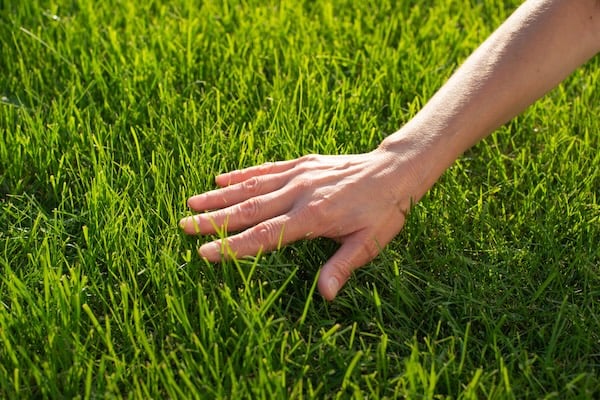
Inspect First, Pay Later
Card won't be charged for 3 full days after service. Time to ensure you're 100% satisfied with the work.
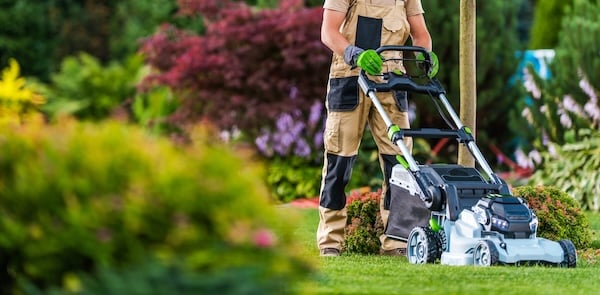
Only the Top 3% of Pros
Just 1 in 30 pros pass our vetting & background check.
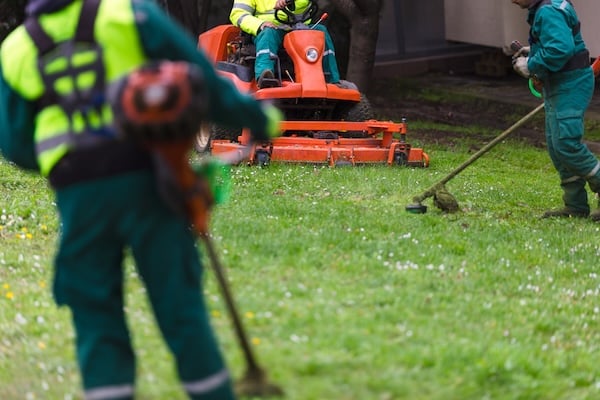
Your Complete Outdoor Team
Your regular pro for maintenance & cleanups. Licensed specialists for treatments. 25 services, 1 app.
Tell us within 5 days if anything’s off and we’ll re-mow or refund. 95% of our services satisfy the customer. For the other 5%, our guarantee kicks in. Every visit is backed by $2 million in property protection.
How LawnStarter works
Get started in under 5 minutes

View Pricing

Choose your service date

Let our pros do the work
How It Works
Book in less than 2 minutes: completely online or over the phone.
Enter Your Address→ See Your Exact Price
In seconds, entirely online.
How We Calculate Your Exact Price
We Know Every Property Is Different
Pools, driveways, garden beds, patios. We understand your property has unique features. We've spent years analyzing millions of properties, perfecting satellite and AI technology that identifies only the areas that actually need service.
This Isn't a Quote. This Is Your Exact Price.
Upfront, transparent pricing. Only 2% of our prices ever need adjustment, and even then, your first service stays at the quoted price.
Pick a Date That Fits
48-hour start time available for 9 out of 10 customers.
Relax, Our Pros Will Handle the Rest
Covered by our Done Right Guarantee. Tell us within 5 days, and we can re-mow or refund.

Total Flexibility, One Tap
No contracts. Cancel, Skip, or Reschedule with one-tap. Don't like their yellow shirt? Swap crews instantly.

Inspect First, Pay Later
Card won't be charged for 3 full days after service. Time to ensure you're 100% satisfied with the work.

Only the Top 3% of Pros
Just 1 in 30 pros pass our vetting & background check.

Your Complete Outdoor Team
Your regular pro for maintenance & cleanups. Licensed specialists for treatments. 25 services, 1 app.
Tell us within 5 days if anything’s off and we’ll re-mow or refund. 95% of our services satisfy the customer. For the other 5%, our guarantee kicks in. Every visit is backed by $2 million in property protection.
Why LawnStarter?
Happy customers all over Springfield



Springfield, MO - Jan 18, 2026
Local Lawn Care Facts & Resources
Lawn tip of the week
Just stay warn this winter, your lawn will be just fine!
Resources
Popular Grass Types in Springfield
| Bermudagrass | 26% |
| Zoysiagrass | 22% |
| Tall Fescue | 18% |
| Buffalograss | 10% |
| Kentucky Bluegrass | 9% |
| Perennial Ryegrass | 8% |
| Centipedegrass | 7% |
Grass Cutting Height Preferences
| Long (6-7 inches) | 1% |
| Medium (4-5 inches) | 15% |
| Short (2-3 inches) | 84% |
Lawn Care Facts
| Average Yard Size | 11,895 sq ft |
| Average Mowing Price | $47.56 |
| Weekly Cuts | 43% |
| Biweekly Cuts | 29% |
| Monthly Cuts | 28% |
| Lawns Fertilized | 11% |
| Lawns with Leaf Removal | 11% |
| Aerated Lawns | 10% |
| Yards with Cleanups | 3% |
| Days That Are Sunny | 13% |
Take your lawn on the go.
An app for lawn care, seriously? You betcha! Stay up‑to‑date on your lawn wherever you go.

Easy, Affordable Lawn Care Services in Springfield
In 2007, Forbes magazine called Springfield the city with the wildest weather in the United States. Thus, growing and maintaining a lawn can be challenging. Fortunately, LawnStarter’s pros are skilled enough to weather the storm and take on any lawn care-related problems you may have.
The Most Common Grass Types in Springfield: Five of Springfield’s most common grasses are bermudagrass, zoysiagrass, tall fescue, buffalograss, and Kentucky bluegrass.
Spring Lawn Care Tips for Springfield: Clean up any debris your lawn collects, like sticks, leaves, and twigs. Because the winter causes your soil to compact, aerate your lawn. Start watering again, and apply a pre-emergent herbicide to keep weeds under control.
Fall Lawn Care Tips for Springfield: Give your lawn plenty of water. Continue mowing until the winter, when the grass goes dormant. Keep raking your lawn, as you’ll find more leaves and debris in your yard during the fall. Fertilize your lawn to keep it healthy. Keep your pest problem under control, either by yourself or with LawnStarter’s pros.
Common Lawn Pests: Some of Springfield's most common lawn pests are grubs, chinch bugs, and webworms.
Common Lawn Diseases: Numerous lawn diseases crop up in Springfield, including brown patch, dollar spot, fairy ring, and red thread.
How LawnStarter Can Take Care of Your Lawn: LawnStarter’s pros not only handle lawn care and maintenance, bush trimming, mulch installation, aeration, and sodding.
Call or click on us if your lawn needs a little TLC, or download our easy-to-use app. We’ll send you an instant quote and a pro to your house to make your lawn happy and healthy in no time.
Meet some of our top Springfield lawn care pros



Recent Reviews
We encourage feedback from all customers to ensure we are delivering the best service possible.



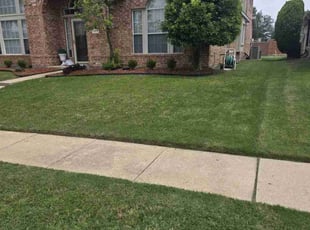
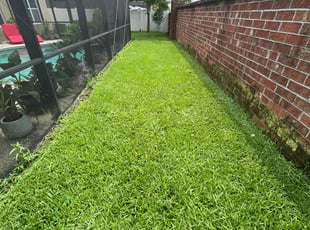


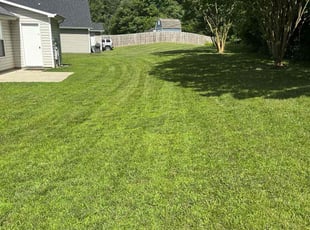
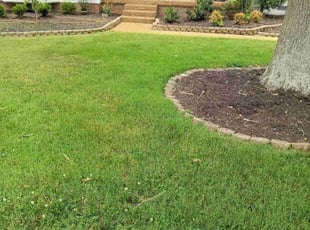
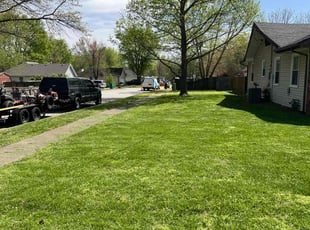
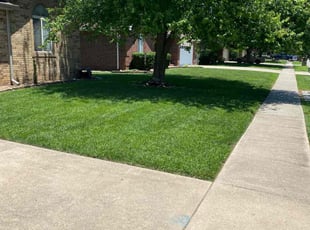
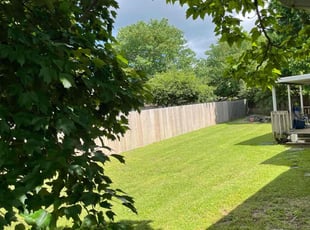
Service Recommendations in Springfield
LawnStarter pros will let you know what your lawn needs. Here are some recent recommendations for lawn care services in Springfield, MO.
Pro Recommendation for Leaf Removal
Pro Recommendation for Leaf Removal
Pro Recommendation for General Landscape Improvements
Pro Recommendation for Other Lawn Maintenance
Pro Recommendation for Cleanup
Pro Recommendation for Other Lawn Maintenance
Top Springfield, MO Lawn Services of January 2026












